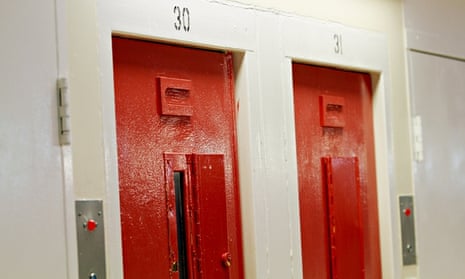Many girls in the criminal justice system are being sexually exploited and some youth offending teams are failing to provide protection for them, independent inspectors have said.
The inspectors said they were “extremely concerned” to find that many girls were at risk of sexual exploitation.
“Many had experienced situations and circumstances which they were struggling to understand and come to terms with,” said Paul McDowell, the chief inspector of probation. “These individuals are children and … subject to vulnerabilities. They are entitled to the rights and protection a child should receive. Unfortunately in too many cases this protection was absent, and staff were often ill-prepared to deal with, or unaware of the problem of actual or potential sexual exploitation.”
The joint report by the chief inspectors of prisons, probation, policing, education, social services and health says that in each of the six youth offending team areas they visited they found cases of girls who were at risk of exploitation or who were being exploited.
Five of the six teams had a clear system in place to identify the risk, but some case managers found identifying sexual exploitation complex and difficult. This lack of understanding went so far in one area as to bar a group of at-risk girls from using public transport even though it would have allowed them to travel home safely at night.
The inspectors said they were particularly concerned to find that in two of the inspected youth offending team areas effective action was not taken to protect at-risk girls, even though their case managers had suspicions of exploitation. They say they lacked support from the police, social care and their own managers and were blocked from responding by the need for a disclosure of abuse from the girls themselves before they could launch an investigation.
The investigation found that alcohol was less of a factor than had been supposed in contributing to the offending behaviour of the girls, although some did drink to excess as a way of coping with the difficult situations they found themselves in.
The study found that far fewer girls than boys were offenders and they made up one-fifth of the caseload of youth offending services and the population of children in custody. In 2012/13, 9,486 girls were supervised by youth offending teams, compared with 39,722 boys.
